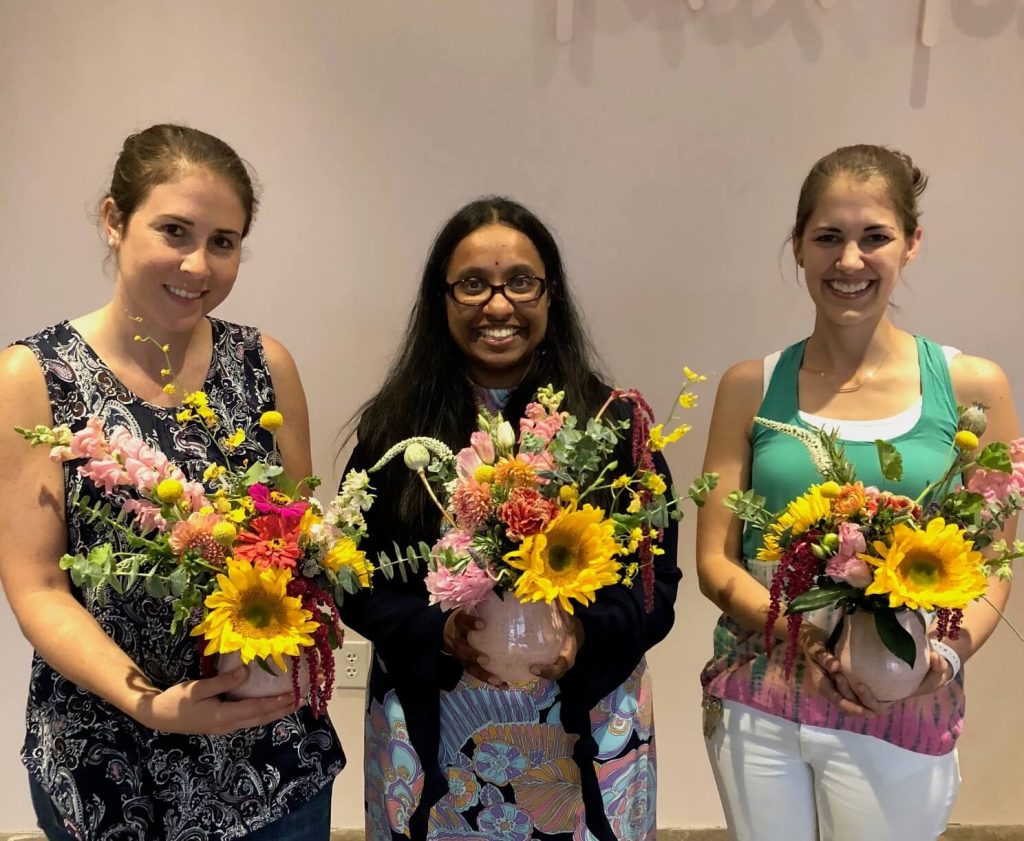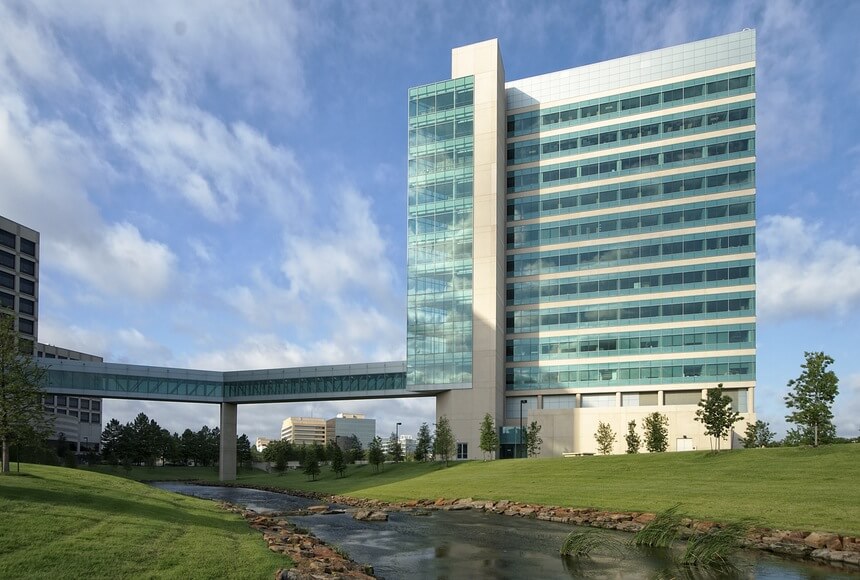May 10, 2021
Aparna Rao, MBBS, Ph.D., worked as a postdoctoral fellow in the DeBerardinis lab for three years studying melanoma metabolism. She recently returned to Australia to finish her training as a medical oncologist at the Peter MacCallum Cancer Centre. Earlier this week, she sat down and answered some questions about her time in CRI.
How did you end up in CRI?
During my Ph.D. studies, I started to study cancer metabolism, but all of my work was performed on cells in culture. As a clinician, I always had a sense that the best way to study metabolism would be to do this in an intact tumor from a patient, but at the time, I didn’t have the knowledge or access to technology that would allow me to do this. When I first heard Professor Ralph DeBerardinis speak at a conference, I was inspired by the techniques he pioneered to study tumor metabolism in patients. His work and the opportunity to learn these exciting techniques in his lab were what made me seek out a position in CRI.


What will you miss most about your time here?
Without a doubt, most of all, I will miss the people. CRI is such a rich and collaborative environment. It’s extraordinary to be surrounded by people who are so excited about science and, more importantly, who are so friendly and supportive. During my time in CRI, I was constantly inspired by the people around me – it’s truly an amazing privilege to have met such wonderful colleagues who fast became such valued friends.
What is one lesson you learned in CRI that you’ll carry with you?
I came to CRI feeling like an imposter, particularly as a clinician with very minimal training in my chosen feel of study. With excellent mentorship, I have learned to believe in my ability to make a contribution and harness my clinical experience in my research endeavours.


Who or what inspired you?
Ultimately, the work that I do has been inspired by patients and their families that I’ve had the privilege of meeting through my clinical training and practice. Every one of them who asked me if I knew whether they would respond to a particular treatment or why their treatment wasn’t working left me with a sense that there is still so much unanswered in the field of cancer research. I have particularly been inspired by the patients who, with tremendous grace and courage, faced a time when therapies were no longer effective. I’m particularly driven by their memory and the need to do better for patients who will come after them.
What’s your favorite spot in CRI?
While I’ve been truly blown away by the facilities (particularly the metabolomics core and the infusion room), it’s strange to say, but my favorite spot was probably the kitchen outside the DeBerardinis lab. Some of my fondest memories are of the talks I had over a cup of tea or lunch in this area. I can recall countless conversations there about science and metabolism (that sometimes included spontaneous drawings of metabolic pathways on the whiteboard!) that have broadened my knowledge and made me think about different approaches for my own work. And, of course, just lots of friendly and entertaining moments. It really links to what I’ll miss most about the CRI, which is the people!

© 2025 Children’s Research Institute Dallas Texas | Privacy | Site Policies